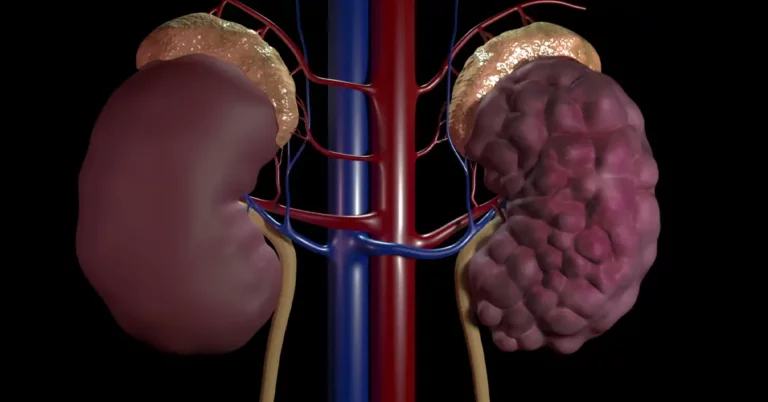According to the CDC, every 40 seconds, someone in the United States has a heart attack. Around 805,000 people in the United States experience a heart attack each year, of which for 605,000 people it is their first heart attack. Despite its prevalence, about one in every five heart attacks is silent, meaning no one, including the person with the heart attack, knows that a heart attack took place. First, let’s talk about how we can detect early warning signs of heart attack using remote patient monitoring.
Detect Early Warning Signs of Heart Attack Using Remote Patient Monitoring
Remote Patient Monitoring (RPM), a type of telehealth, utilizes technological advances to enable the collection of patient-generated health data outside of the typical healthcare setting. With the use of remote patient monitoring devices such as home blood pressure monitor or wearable health technology like a smartwatch, your healthcare provider may detect early warnings and deviations in vital signs such as heart rate and blood pressure that could point to early signs of heart attack.
Here are early warning signs of heart attack that you should know:
Chest discomfort
The most common symptom of a heart attack is pain in the center of the chest that lasts more than a few minutes – or that goes away and comes back. Tightness, squeezing, fullness, or pain can be felt.
Pain in other parts of the upper body
Pain from a heart attack can occur anywhere in the body, including the back, shoulders, arms, neck, and jaw. A problem in the heart, such as a blocked artery, can cause the nerves in your heart to send a signal that something is wrong, causing pain, according to the Cleveland Clinic. Because the vagus nerve connects not only the heart but also the brain, chest, abdomen, and neck, pain signals may be felt in various parts of the body besides the heart.
Shortness of breath
Walking up the stairs used to be simple, but if you’ve been finding it increasingly difficult, seek medical help right away. Even if this doesn’t imply that you are about to have a heart attack right now, it could be an indication that your heart is in trouble. Shortness of breath can occur with or without chest pain in a heart attack.
Cold sweat
Breaking out in a cold sweat or perspiring excessively could indicate a heart attack unless you’re going through menopause or have recently exercised. When you have a heart attack, your nervous system triggers a “fight or flight” response, which puts you in survival mode and may cause you to sweat.
Nausea
When the heart and other parts of the body don’t get enough blood, symptoms like a queasy stomach, vomiting, or belching appear. It’s easy to mistake it for acid reflux or heartburn, so consult your doctor, especially if you’re experiencing other heart attack symptoms.
Dizziness
Dizziness can be caused by a variety of factors, including not drinking enough water, skipping lunch, or standing up too quickly. But feeling dizzy or lightheaded along with chest pain and shortness of breath could mean your blood volume and blood pressure are going down, which means a heart attack is coming soon.
Palpitations
All sorts of things might happen in the body when the heart isn’t getting enough blood. When the heart is deprived of nutrient-rich blood, it becomes irritated, resulting in heart palpitations. If you experience heart palpitations, arrange an appointment with your doctor right away.
No warning signs at all
Finally, it is possible to have a ‘silent heart attack,’ in which case you may not have any symptoms at all. Your heart attack might not be detected until much later in this instance.
Takeaway
Heart attack warning symptoms vary, and it’s critical to recognize them because ignoring them could be dangerous. Knowing the signs and symptoms and acting on them early can help you live longer. Remote Patient Monitoring can be of a great support for your patients with chronic heart diseases.
To know more about RPM for Chronic Heart Disease, check these articles:
RPM: The New Best Way to Monitor Patients with Chronic Heart Diseases
Top 2 Tremendous Benefits of Remote Patient Monitoring for Heart Failure Patients
Hypertrophic Cardiomyopathy and How Remote Patient Monitoring Helps Optimize Heart Health
If you are a healthcare provider or a network of doctors looking for ways to revolutionize your care delivery, contact us for more information.








